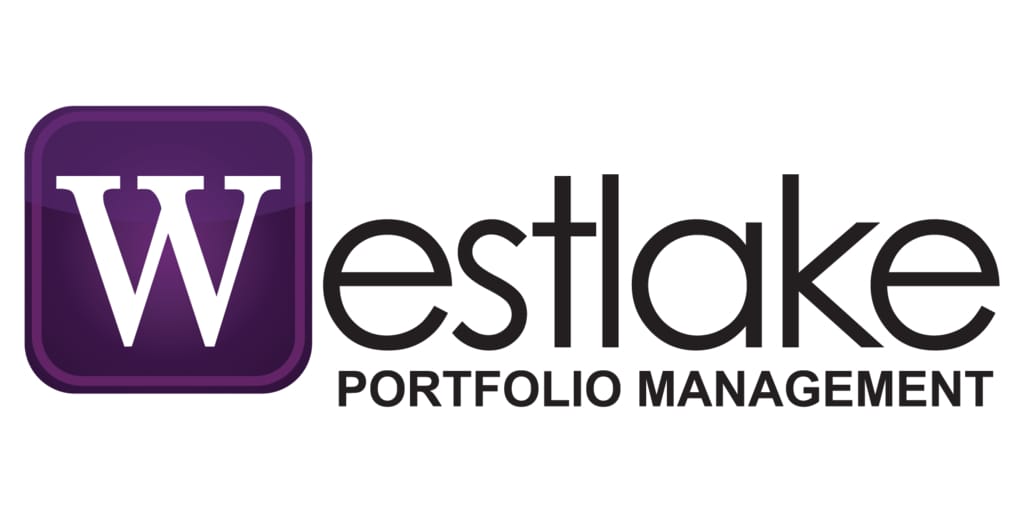Westlake Portfolio Management Tips for Maximizing Returns

Effective portfolio management is the key to financial success. Whether you're an investor, business owner, or wealth manager, understanding how to optimize your portfolio can lead to consistent returns and risk mitigation. Westlake portfolio management tips focus on building a strategic investment approach, balancing risk, and enhancing financial growth.
In this guide, we will explore practical portfolio management techniques that help you align your investments with your financial goals. You'll learn how to diversify assets, assess risks, and apply Westlake's best practices to create a robust financial strategy.
Understanding Westlake Portfolio Management

What is Portfolio Management?
Portfolio management involves selecting and overseeing a mix of investments that align with financial objectives. It includes managing stocks, bonds, real estate, and alternative investments to optimize returns while minimizing risks.
Why is Westlake Portfolio Management Unique?
Westlake portfolio management is recognized for its structured investment approach, emphasizing long-term stability, strategic asset allocation, and market adaptability. It helps investors achieve financial goals by integrating industry best practices.
Key Westlake Portfolio Management Tips

1. Set Clear Financial Goals
Before investing, define your financial objectives. Consider factors such as:
- Short-term vs. long-term goals
- Risk tolerance
- Expected returns
- Liquidity needs
A clear vision helps tailor a portfolio that aligns with your financial aspirations.
2. Diversify Your Investments
Diversification is crucial in reducing risks and optimizing returns. Spread investments across different asset classes, such as:
- Equities (stocks)
- Fixed income (bonds)
- Real estate
- Commodities
- Alternative investments
Diversifying minimizes losses in case one sector underperforms.
3. Risk Assessment and Management
Understanding risk is essential in Westlake portfolio management. Consider the following risk factors:
- Market Risk: Fluctuations in stock or bond prices
- Credit Risk: The possibility of borrower default
- Inflation Risk: Erosion of purchasing power
- Liquidity Risk: Difficulty in selling assets quickly
Risk assessment tools like Value at Risk (VaR) and Monte Carlo simulations help investors quantify potential losses.
4. Asset Allocation Strategy
Proper asset allocation aligns investments with risk tolerance and financial goals. Common strategies include:
- Conservative Allocation: Higher bond allocation for stability
- Moderate Allocation: Balanced mix of stocks and bonds
- Aggressive Allocation: Higher equity exposure for growth
Rebalancing the portfolio periodically ensures alignment with market conditions.
5. Leverage Technology in Portfolio Management
Utilize advanced tools for portfolio tracking and analysis, such as:
- Robo-advisors for automated portfolio optimization
- Stock screeners for evaluating investment opportunities
- Financial modeling software for risk assessment
6. Monitor and Rebalance Your Portfolio Regularly
Market fluctuations affect asset allocations over time. Regular portfolio reviews help:
- Identify underperforming investments
- Adjust asset allocation
- Maintain risk levels
7. Invest with a Long-Term Perspective
Short-term market movements can be volatile. Adopting a long-term strategy helps investors:
- Ride out market fluctuations
- Benefit from compound growth
- Reduce impulsive investment decisions
8. Tax Efficiency Strategies
Tax-efficient investing maximizes returns by minimizing liabilities. Consider:
- Tax-loss harvesting to offset gains
- Holding investments long-term for lower capital gains taxes
- Using tax-advantaged accounts like IRAs and 401(k)s
9. Incorporate ESG (Environmental, Social, and Governance) Investing
Sustainable investing is gaining popularity. ESG portfolios focus on:
- Ethical and socially responsible companies
- Environmentally conscious investments
- Transparent corporate governance
10. Work with a Financial Advisor
Professional guidance ensures a well-structured portfolio. A financial advisor helps with:
- Risk assessment
- Asset allocation
- Tax optimization
- Estate planning
Advanced Westlake Portfolio Management Techniques
Using Smart Beta Strategies
Smart beta investing combines passive and active management by targeting:
- Value stocks
- Low-volatility stocks
- High dividend yield stocks
This strategy helps optimize risk-adjusted returns.
Alternative Investments for Portfolio Growth
Explore non-traditional investments such as:
- Hedge funds
- Private equity
- Real estate investment trusts (REITs)
- Cryptocurrencies
Alternative assets offer diversification and potential high returns.
Liquidity Management for Investment Stability
Maintaining liquidity prevents financial distress. Ensure:
- A portion of assets are easily accessible
- Investments are balanced between liquid and illiquid assets
Behavioral Finance Considerations
Investor psychology affects decision-making. Avoid:
- Emotional investing based on fear or greed
- Overtrading leading to high fees and losses
- Herd mentality that follows market trends blindly
Inflation-Proofing Your Portfolio
Combat inflation with:
- Treasury Inflation-Protected Securities (TIPS)
- Real estate investments
- Commodities like gold
Common Mistakes in Portfolio Management and How to Avoid Them
Over-Concentration in One Asset Class
Diversification reduces risk. Avoid putting too much capital into one sector.
Ignoring Market Trends
Stay informed about economic trends and industry shifts to make proactive investment decisions.
Lack of Regular Portfolio Review
Neglecting portfolio assessment can lead to misalignment with financial goals. Review at least quarterly.
Chasing High Returns Without Risk Consideration
High returns often come with high risks. Balance investments based on your risk tolerance.
Not Having an Exit Strategy
Define clear exit strategies for each investment to manage risks effectively.
FAQs on Westlake Portfolio Management Tips
How often should I rebalance my portfolio?
It is recommended to rebalance your portfolio every six months or annually to maintain asset allocation.
What is the best way to diversify a portfolio?
Diversification can be achieved by investing across different asset classes, industries, and geographical locations.
How can I minimize risk in portfolio management?
Risk can be minimized through diversification, asset allocation, and using hedging strategies like options.
Should I use a robo-advisor or a financial advisor?
Robo-advisors are great for automated investing, but financial advisors provide personalized strategies tailored to individual goals.
What role does inflation play in portfolio management?
Inflation affects purchasing power. Investing in inflation-protected securities and real assets helps mitigate its impact.
Is ESG investing profitable?
Yes, ESG investing can generate competitive returns while supporting sustainable and ethical business practices.
Conclusion
Westlake portfolio management tips focus on strategic investment planning, risk assessment, and diversification to achieve long-term financial success. By setting clear goals, balancing asset allocation, and leveraging technology, investors can build resilient portfolios.
Regular monitoring, tax-efficient strategies, and a long-term investment approach ensure financial stability and wealth growth. Whether you're a beginner or a seasoned investor, applying these portfolio management techniques can significantly enhance your financial future.
Start optimizing your portfolio today with these expert strategies!




